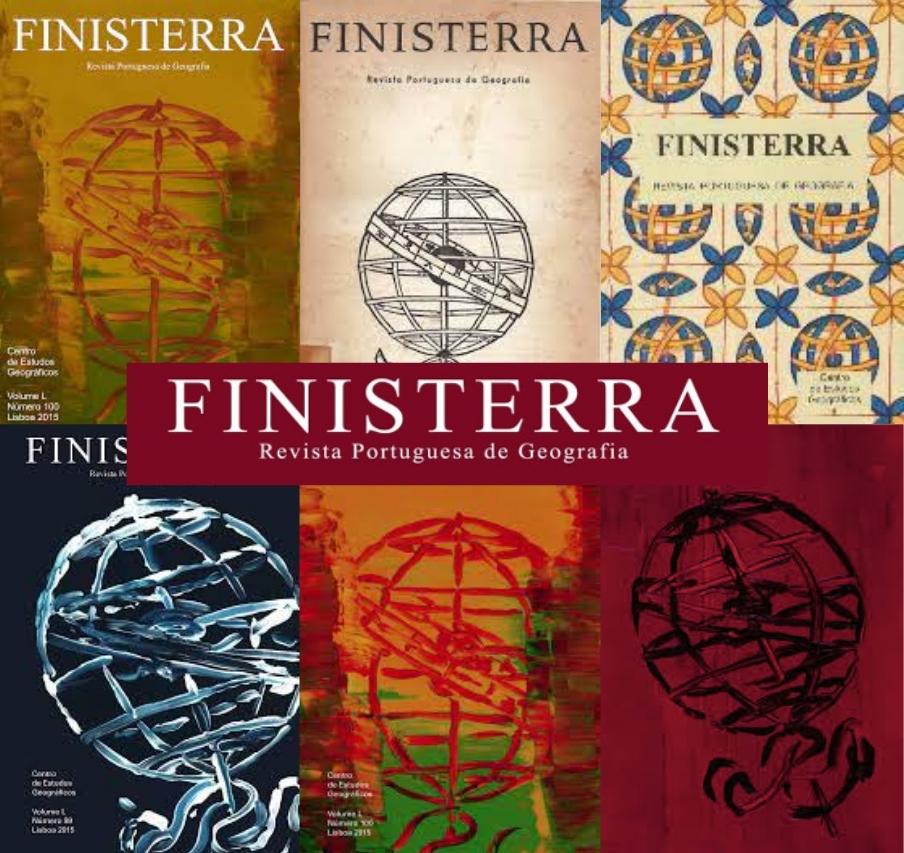Como publicar Artigos
FACILITAR A PUBLICAÇÃO DO SEU MANUSCRITO NA FINISTERRA
Para aumentar a possibilidade de sucesso de publicação na Finisterra, os/as autores/as devem avaliar se os seus manuscritos respondem às seguintes questões:
- O texto está claro, conciso e acessível?
- A dimensão do texto adequa-se ao recomendado pela Finisterra?
- O título, resumo e palavras-chave revelam os pontos-chave do seu manuscrito?
- A Página de Rosto inclui o nome e afiliação de todos/as os/as autores/as?
- O manuscrito está formatado de acordo com as “normas para autores/as”?
- Todas as referências no corpo do texto, legendas e notas estão incluídas nas suas referências bibliográficas?
- A reprodução de figuras e quadros que estejam sob direitos de autor está autorizada?
- O seu manuscrito cumpre todas as normas de anonimização de acordo com a política de revisão por pares da revista?
AUMENTAR A VISIBILIDADE DO SEU MANUSCRITO
Anualmente, um grande número de artigos de investigação é publicado, de forma que é essencial assegurar que se possa encontrar facilmente o seu trabalho. Como autor/a, existem alguns cuidados que pode tomar para tornar a sua investigação mais fácil de encontrar:
-
Quando submeter o seu manuscrito, vai precisar incluir palavras-chave. Estas serão utilizadas para o indexar na Finisterra online e em motores de busca. Essas palavras-chave vão ajudar outros/as a encontrar o seu manuscrito com rapidez e precisão, de modo que deve pensar nelas como os rótulos do seu texto.
-
Diminua as palavras-chave para garantir que elas são tão precisas quanto possível. Deve também incluí-las no título e no resumo (lembre-se que alguns motores de busca apenas indexam estes elementos).
-
Quando o seu manuscrito for publicado, ligue-o a partir da sua assinatura digital, da sua página pessoal ou blog, através das redes sociais e no website do seu departamento. Estes procedimentos vão ajudar a torná-lo mais fácil de encontrar nos motores de busca.
-
Registe-se no ORCiD, o que lhe permite ser identificado num registo único, e assim associa-lo com facilidade e de forma única a conjuntos de dados, equipamentos, artigos de revistas, citações, experiências, patentes, media, etc.
ESCREVER UM ARTIGO PARA UMA REVISTA CIENTÍFICA
Os artigos mais fortes geralmente têm um foco que é suportado com evidências científicas, claramente identificáveis no texto.
Certifique-se que descreveu claramente a metodologia e explicitou a sua abordagem; embora possa parecer óbvio para si, pode não o ser para o/a seu/ua leitor/a. E não se esqueça de explicar os acrónimos na primeira vez que surgem no texto.
Clareza é a chave: a transmissão da sua investigação deve ser acessível usando uma linguagem clara.
Conheça a literatura do seu campo de investigação (e referencie-a!). Se não pode rever toda a literatura relevante, informe o/a leitor/a acerca das obras-chave anteriores e, se possível, como está a construir um racional a partir dessas obras-chave.
Use referências relevantes: a sua revisão bibliográfica deve considerar o estado atual da literatura e não deve descurar as origens de conceitos-chave, de metodologias, de resultados, etc.
Pode acontecer que esteja a construir um conceito já existente, mas tem algo novo a dizer. Certifique-se que o faz de uma forma convincente, e que compreende perfeitamente a referência anterior.
Indique de forma clara os resultados obtidos, eventuais fraquezas e possíveis melhorias do quadro concetual e da metodologia utilizada.
O QUE DEVE SABER E ESPERAR COM A REVISÃO POR PARES NA FINISTERRA
A revisão por pares segue uma série de etapas, começando com a submissão do seu manuscrito à Finisterra. Nesta primeira fase, a Direção e o/a editor/a responsável pelo seu texto irão decidir se é adequado para a revista, questionando-se se:
- Este manuscrito tem pertinência nesta revista?
- O/A autor/a seguiu as normas da revista?
- Será que os/as leitores/as da revista acharão interessante e útil?
A Direção e o/a editor/a pode rejeitar o artigo imediatamente, ou decidir que o manuscrito seguirá para a próxima fase, de revisão pelos pares.
O/a editor/a irá procurar e contatar dois/uas ou três outros/as investigadores/as especialistas no seu campo de investigação. Serão convidados a ler o seu manuscrito e a aconselhar o/a editor/a sobre a publicação, revisão ou rejeição do seu manuscrito.
O que procuram os/as revisores/as?
Os/as revisores/as vão verificar se o seu trabalho é original ou inovador, se o desenho do estudo e metodologia são adequados e descritos de forma a que outros possam replicar o que fez, se apresentou os seus resultados de forma clara e adequada, se as suas conclusões são concordantes, fiáveis e significativas para o avanço da ciência, e se o trabalho é de um padrão suficientemente alto e concordante com a política editorial da Finisterra.




_(2).jpg)

